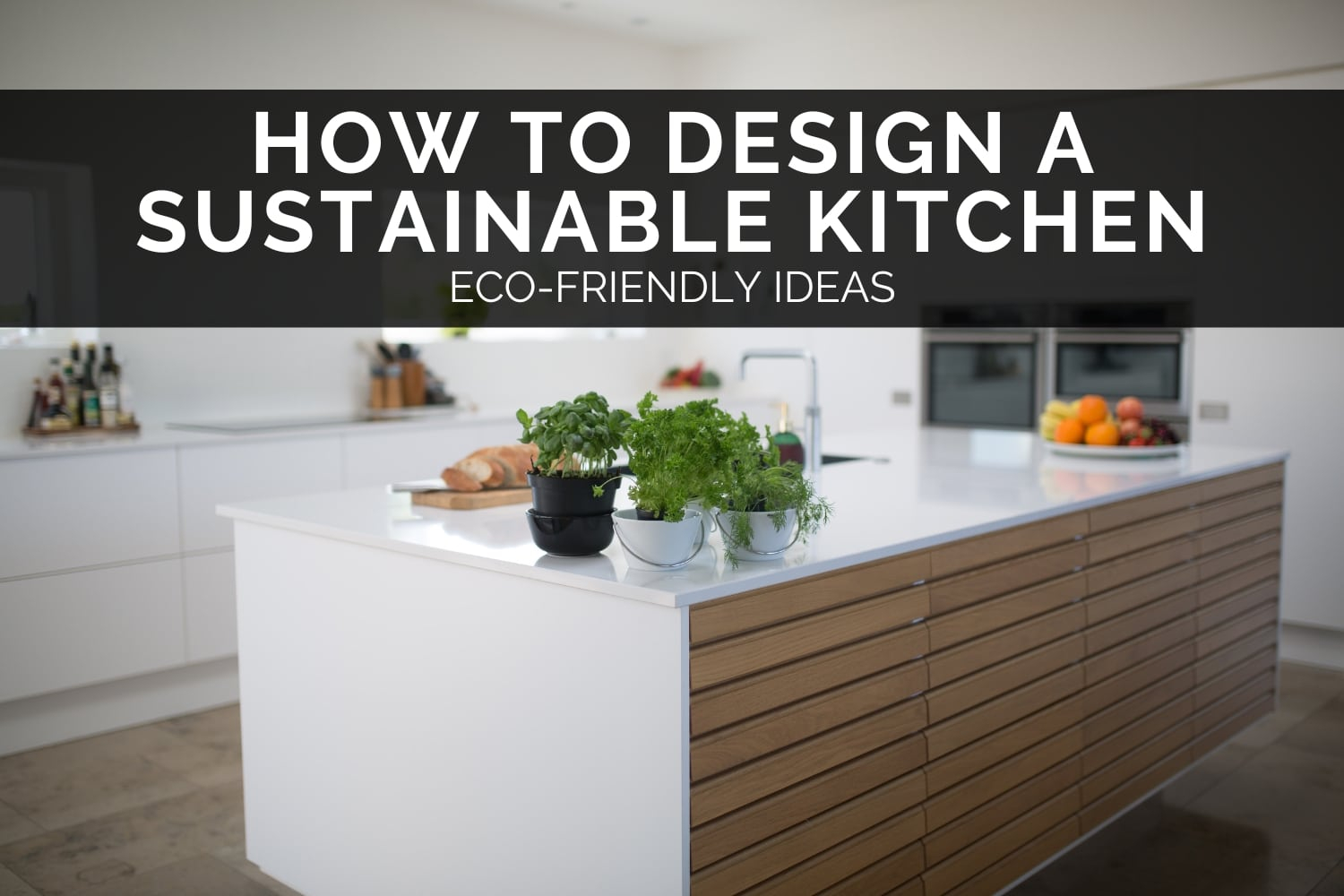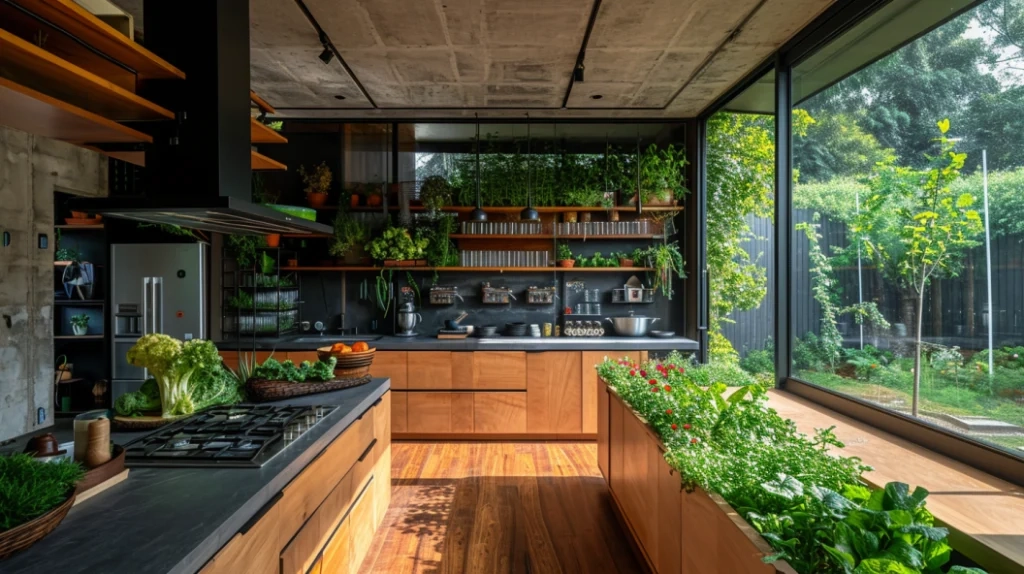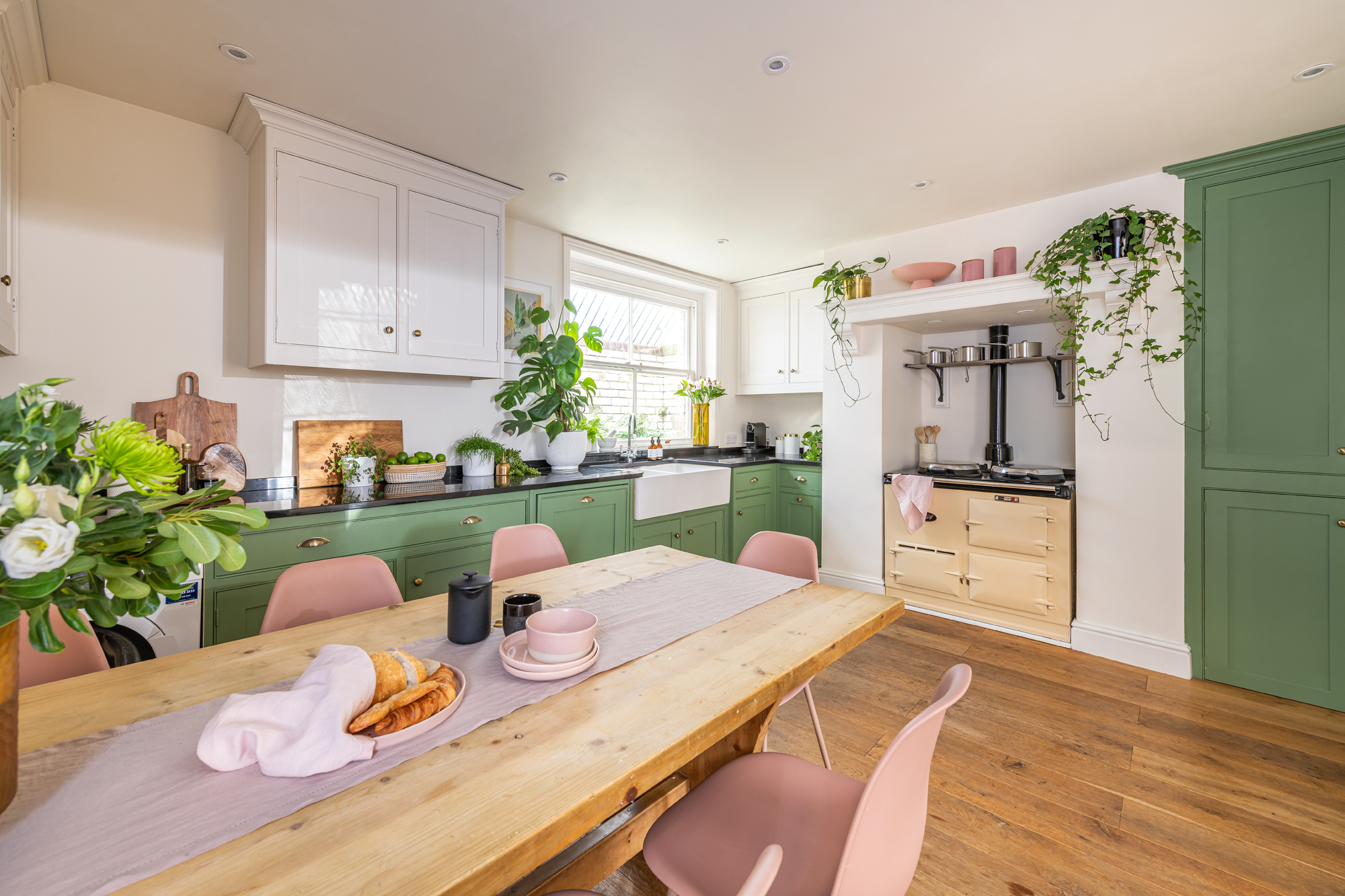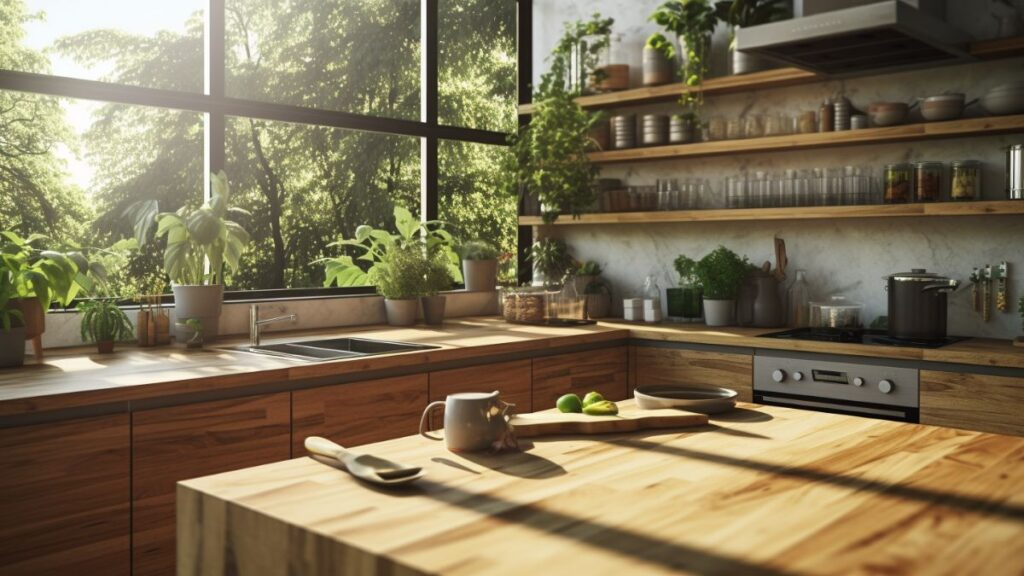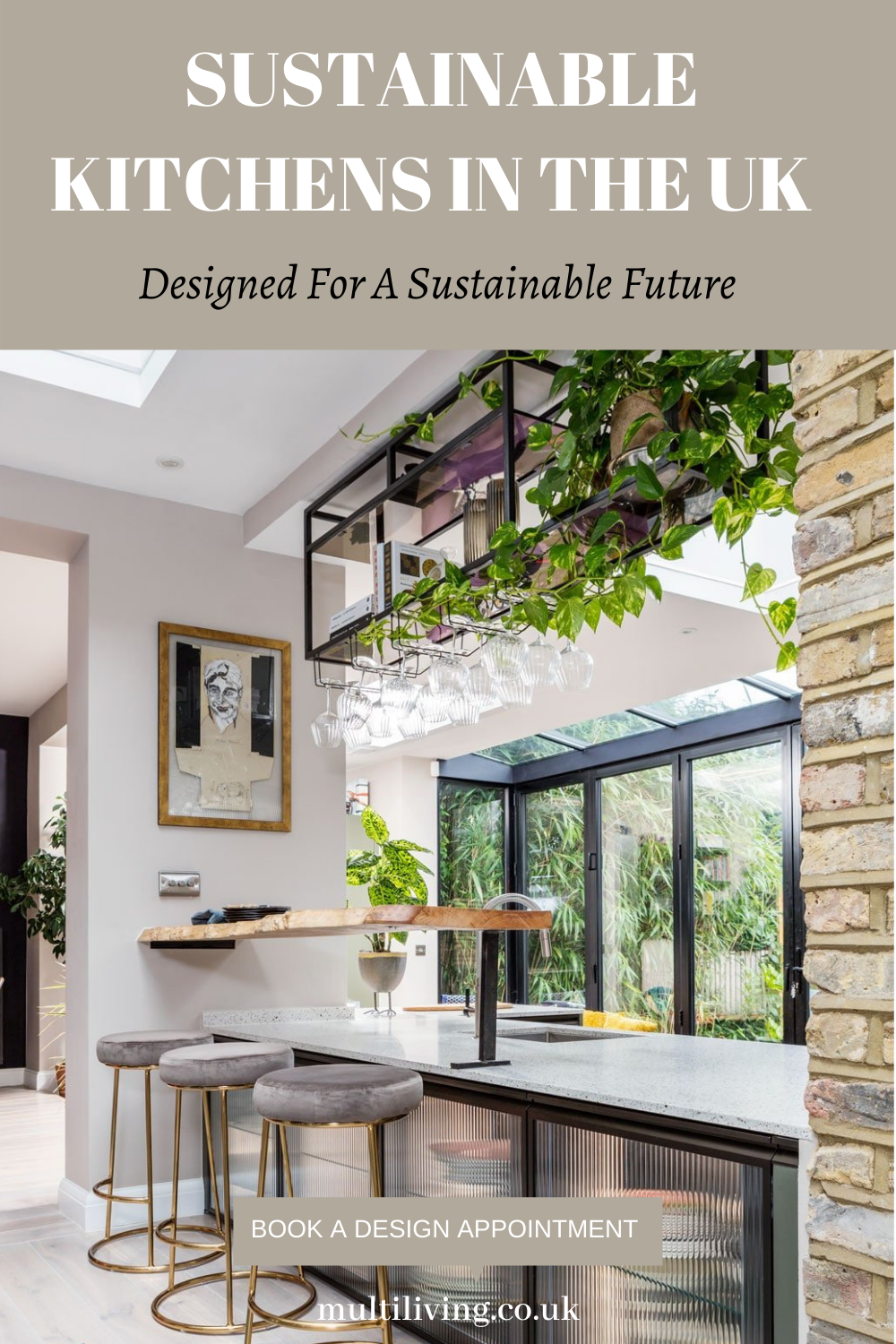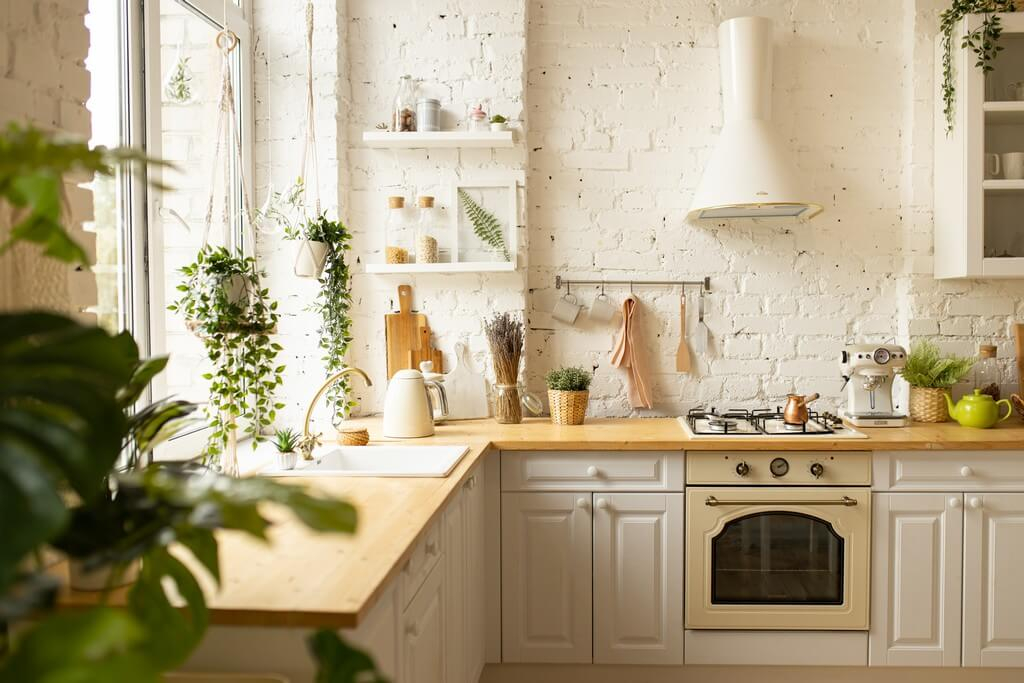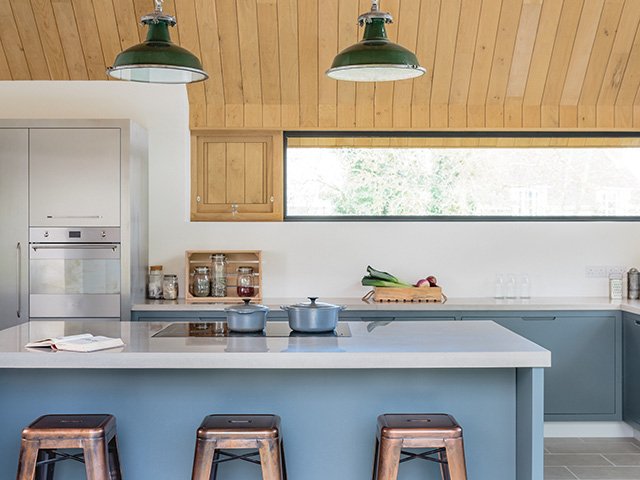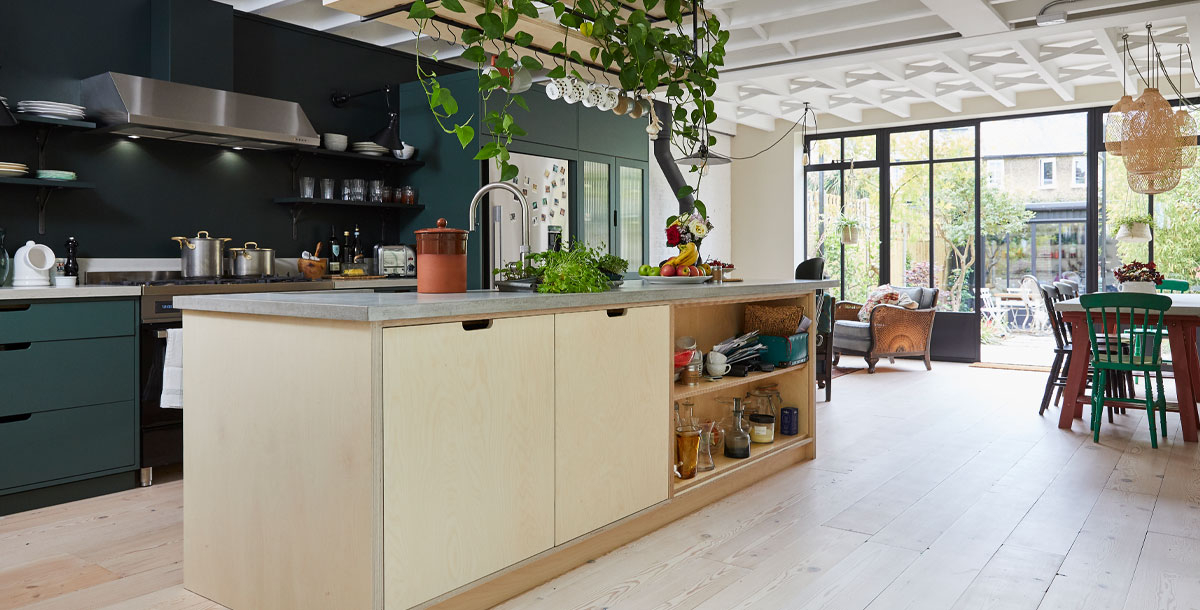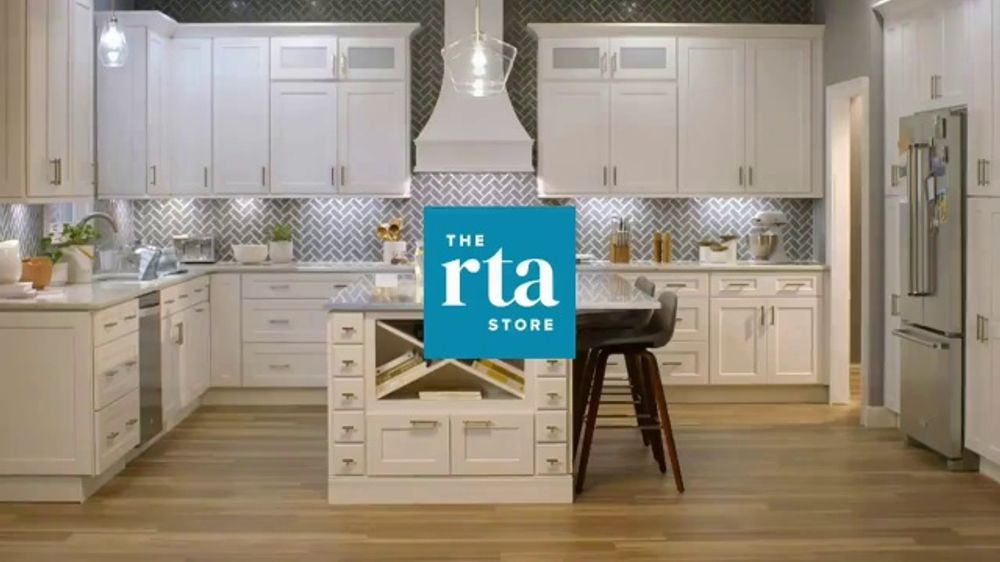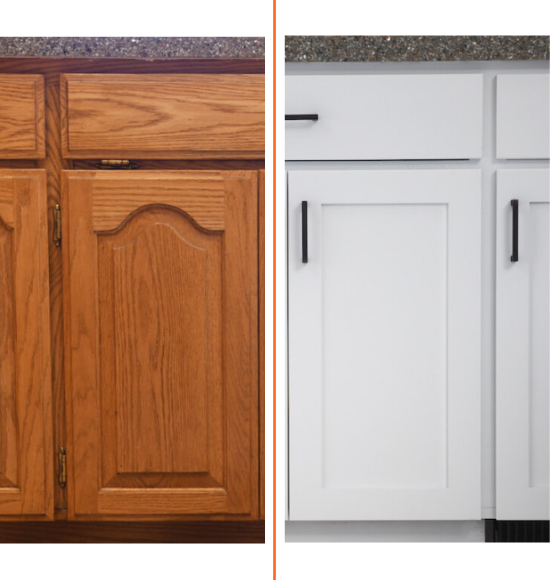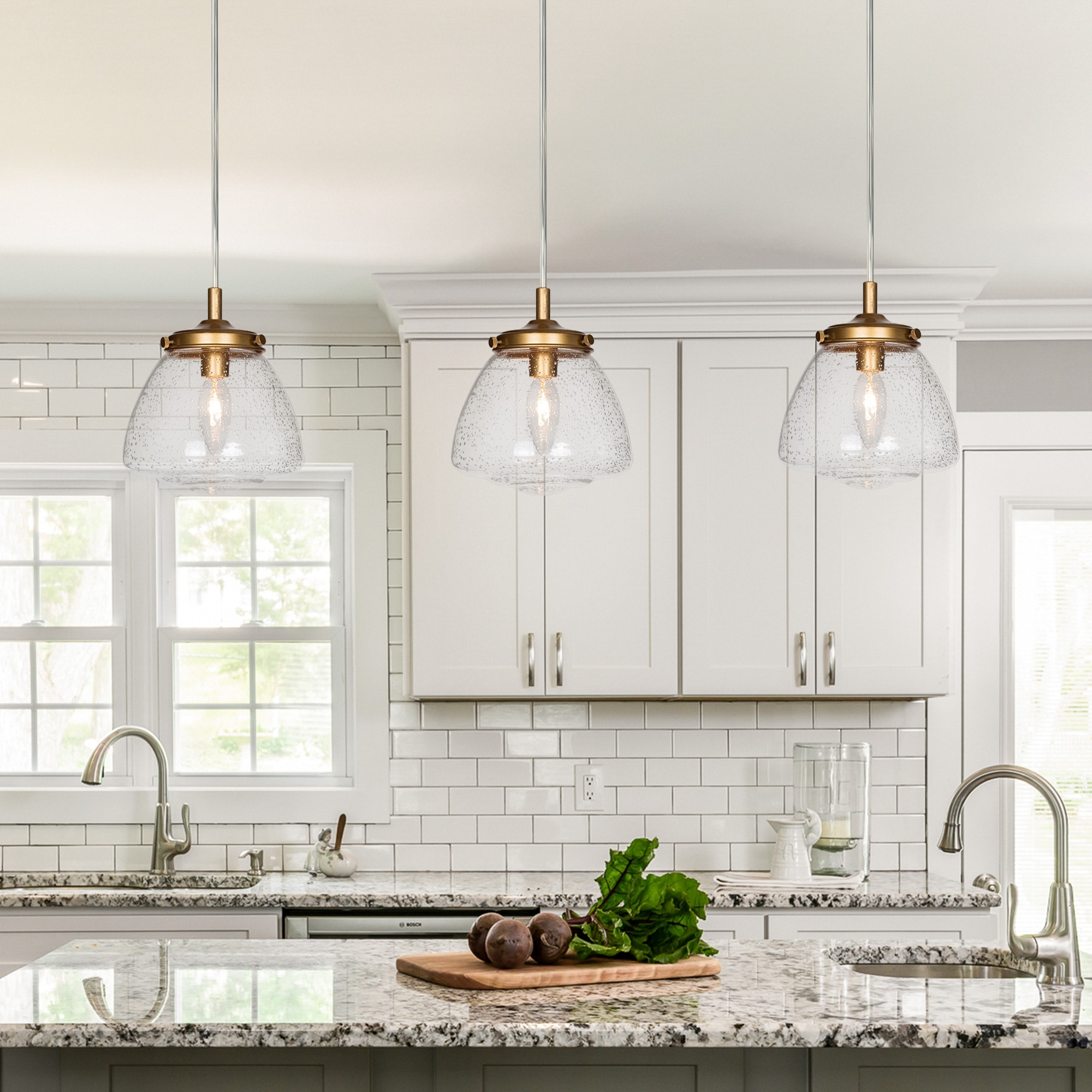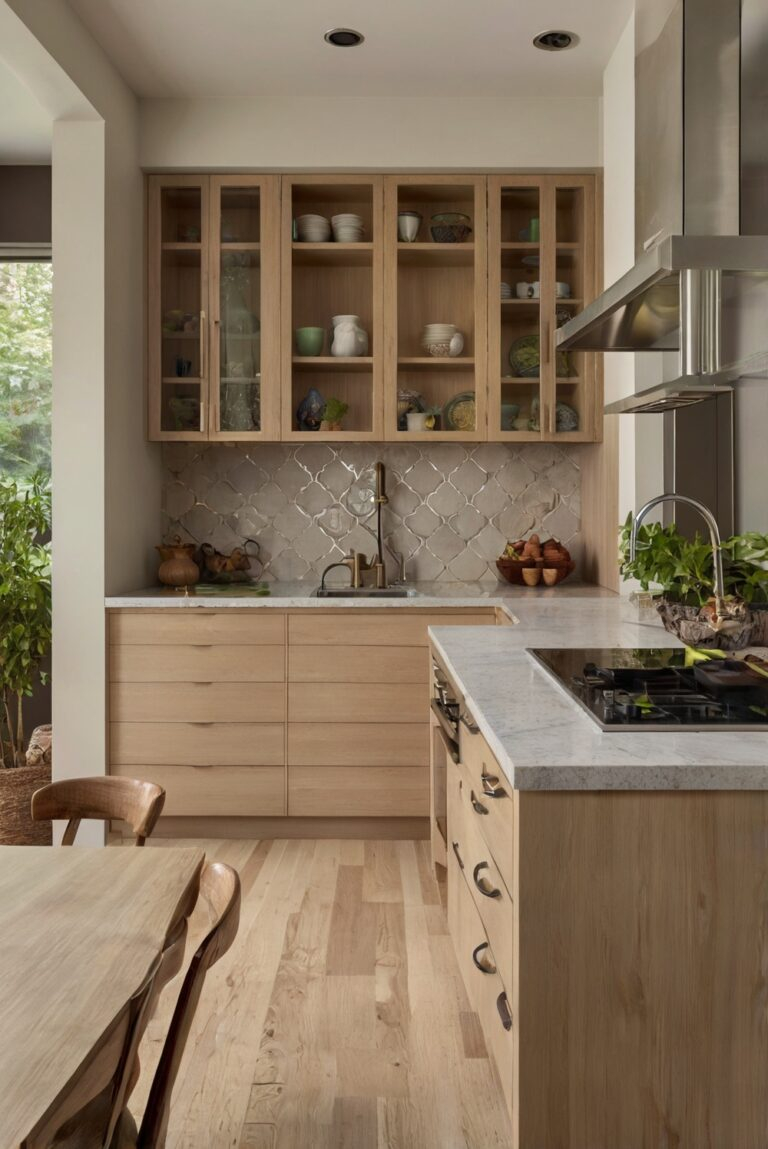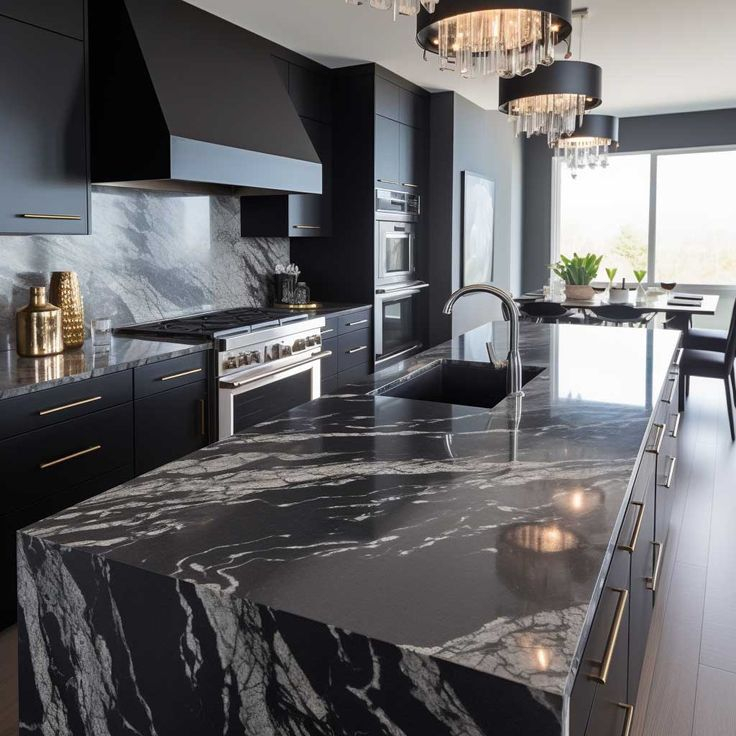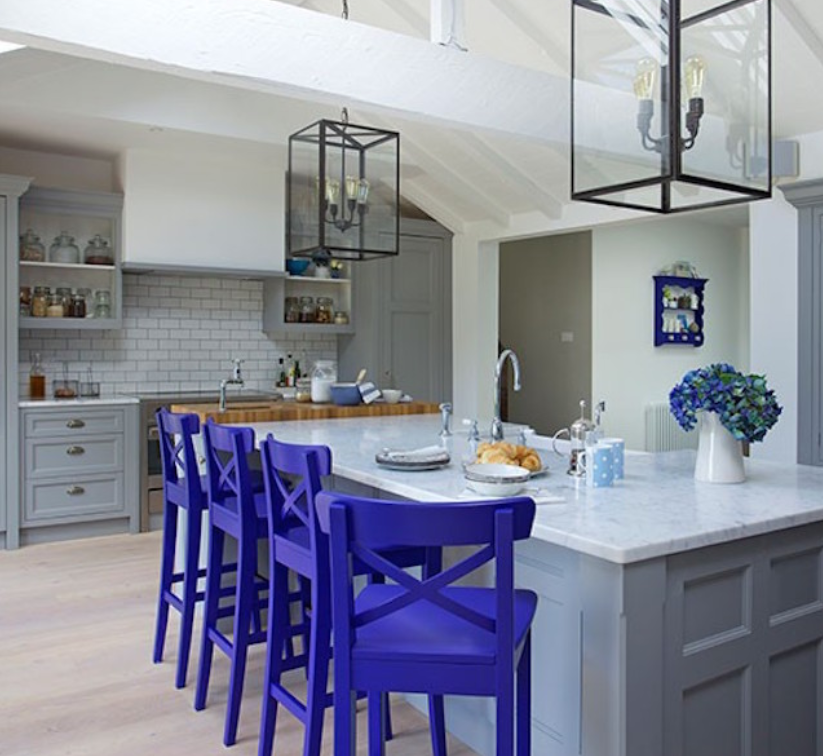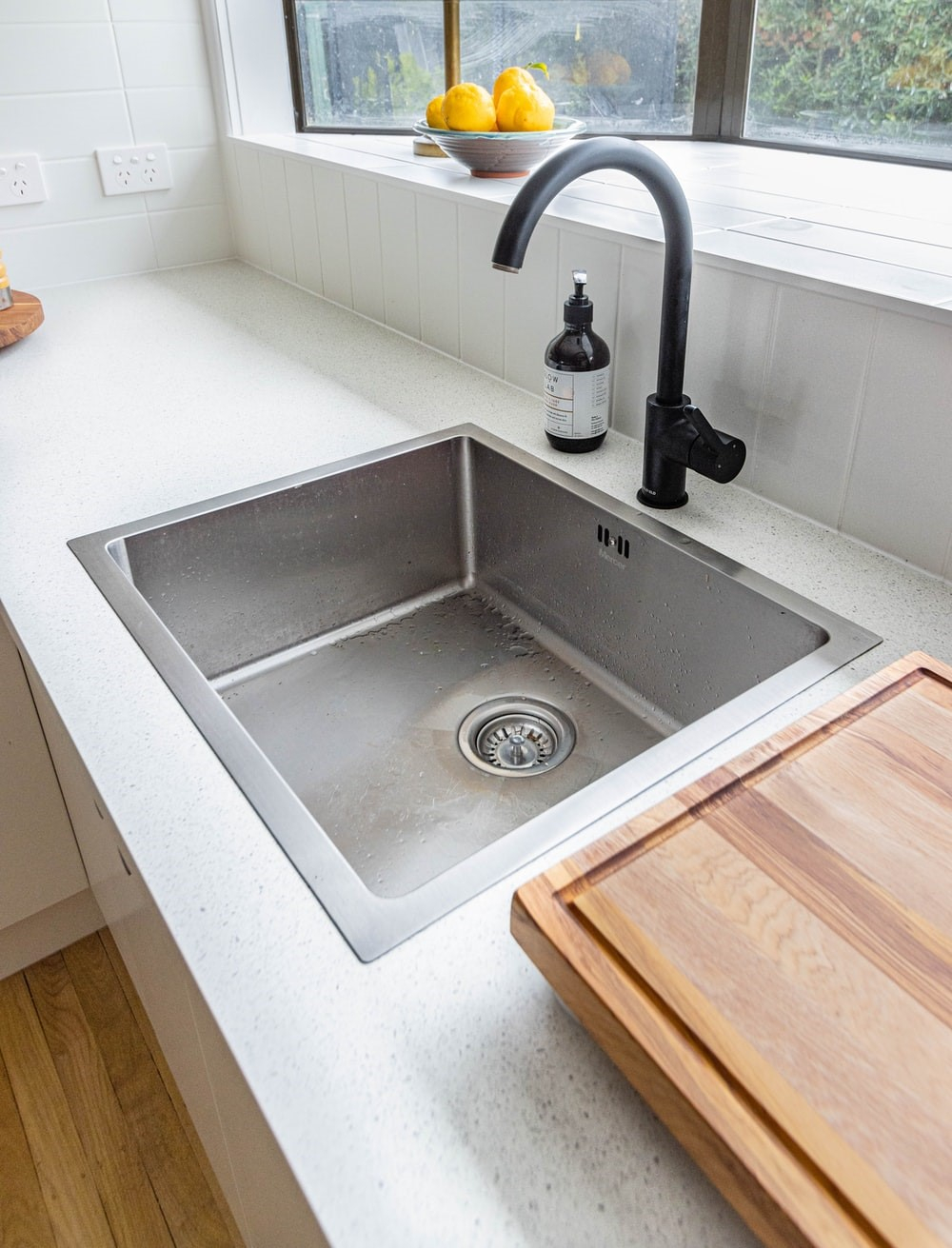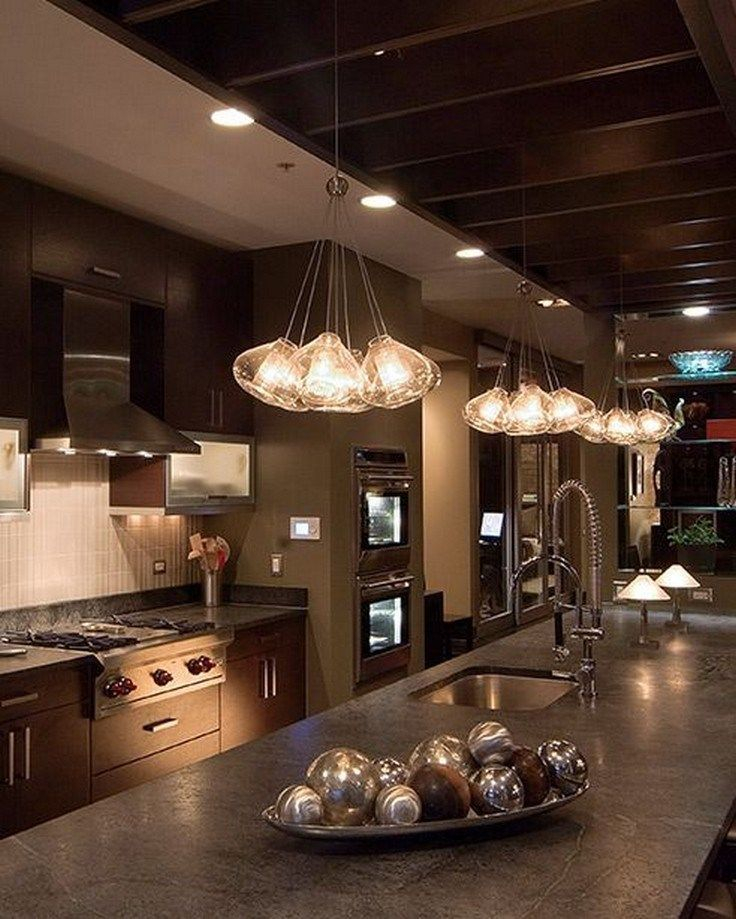Dreaming of a kitchen that’s not only beautiful and functional but also kind to our planet? You’re in the right place. Creating an eco-friendly kitchen is more achievable than you might think, and it’s a journey filled with rewarding choices. Let’s explore how to turn that concept into a tangible reality, one thoughtful decision at a time.
The kitchen is often called the heart of the home, and for good reason. It’s where we nourish ourselves, connect with loved ones, and create memories. So, doesn’t it make sense to make this central space as healthy and sustainable as possible? Moving towards an eco-friendly kitchen isn’t about deprivation; it’s about making smarter, more conscious choices that benefit both your well-being and the environment. Whether you’re embarking on a full renovation or looking for simple upgrades, this guide will walk you through the essentials of building a kitchen that’s good for you, your family, and Mother Earth. Ready to get started?
Laying the Foundation: Sustainable Materials
The building blocks of your kitchen matter, and choosing the right materials is paramount. Think about countertops, cabinetry, and flooring. When selecting materials, look for items that are recycled, reclaimed, rapidly renewable, or sustainably harvested. For instance, countertops made from recycled glass or paper composites are fantastic options. Bamboo, cork, and reclaimed wood are wonderful choices for flooring and cabinetry, offering durability and a beautiful aesthetic without depleting old-growth forests. Even consider salvaged materials – an old farmhouse sink or vintage hardware can add immense character and a story to your space. It’s all about giving materials a second life and reducing the demand for virgin resources. Don’t forget to inquire about low-VOC (volatile organic compound) finishes for paints and sealants. These are much better for your indoor air quality and overall health. It’s a small detail that makes a huge difference.
Energy Efficiency: Powering Your Culinary Hub
An eco-friendly kitchen is an energy-efficient kitchen. This starts with your appliances. Look for ENERGY STAR certified appliances. These are designed to use less energy and water, which not only cuts down on your utility bills but also reduces your carbon footprint. Think about your refrigerator, dishwasher, oven, and even your microwave. When purchasing new ones, the ENERGY STAR label is your best friend. Beyond appliances, consider your lighting. Opt for LED bulbs; they use significantly less energy than incandescent bulbs and last much longer. Natural light is also a powerful ally. Maximize it with smart window placement or by using lighter colors for walls and cabinetry to reflect light. A well-lit kitchen that relies less on artificial power is a win-win. And have you thought about your faucet? Low-flow faucets and aerators can drastically cut down on water usage without compromising water pressure. Every drop saved counts.
Water Conservation: Every Drop Counts
Water is a precious resource, and your kitchen is a major point of consumption. Beyond the low-flow faucet mentioned earlier, consider a dual-flush toilet if you’re renovating the adjacent bathroom. For the kitchen itself, a high-efficiency dishwasher uses far less water than washing dishes by hand, especially if you tend to let the water run. Running your dishwasher only when it’s full is a simple yet effective water-saving habit. Think about water filtration systems too. Instead of relying on bottled water, which creates plastic waste, invest in a good quality water filter for your tap. This provides clean drinking water and significantly reduces plastic bottle consumption. It’s a simple switch with a big environmental impact. And when you’re washing produce, consider collecting the rinse water to use for watering plants. Little actions add up to substantial savings.
Waste Reduction: Closing the Loop
Reducing waste is a cornerstone of any eco-friendly endeavor. In the kitchen, this means thinking about how you manage food scraps and packaging. Start with a composting system. Whether it’s a countertop bin for collecting scraps to take to a local compost facility or an outdoor composter, turning food waste into valuable soil is incredibly rewarding. Many cities now offer municipal composting programs, making it even easier. For packaging, try to buy in bulk whenever possible and opt for products with minimal or recyclable packaging. Reusable food storage containers, beeswax wraps instead of plastic wrap, and cloth napkins instead of paper ones are simple swaps that make a big difference. Even your dish towels can be made from organic cotton or bamboo. It’s about shifting our mindset from disposable to durable and reusable. Think about designing your kitchen with waste management in mind, perhaps with built-in bins for recycling and compost.
Healthy Indoor Air Quality: Breathe Easy
An eco-friendly kitchen is also a healthy kitchen. This means paying attention to indoor air quality. As mentioned earlier, using low- or zero-VOC paints, sealants, and finishes is crucial. These chemicals can off-gas into your home, impacting air quality. Ventilation is another key player. Ensure you have a good range hood that vents to the outside, not just recirculates air. This is essential for removing cooking fumes, grease, and humidity, which can contribute to mold growth and respiratory issues. Consider installing an air purifier if you live in an area with poor air quality or have sensitivities. Choosing natural, non-toxic cleaning products is also vital. Many conventional cleaners contain harsh chemicals that can be harmful when inhaled or come into contact with skin. Opt for simple ingredients like vinegar, baking soda, and lemon for effective and safe cleaning. Your kitchen should be a place of nourishment, not a source of pollutants.
Integrating Smart Technology and Mindful Habits
Technology can be a wonderful ally in creating a sustainable kitchen. Smart thermostats can help manage energy usage, and smart plugs can turn off appliances that are drawing phantom power when not in use. Many modern appliances also come with energy-saving modes that you can easily activate. But technology is only part of the equation. Mindful habits are equally, if not more, important. This includes planning meals to reduce food waste, using leftovers creatively, and being conscious of your consumption patterns. Educate yourself and your household about the benefits of these choices. Small, consistent actions, like turning off lights when you leave the room or ensuring the refrigerator door is properly sealed, contribute significantly to overall sustainability. It’s about fostering a culture of environmental responsibility within your own home. Your kitchen is a perfect place to start this journey.
Building an eco-friendly kitchen is a journey, not a destination. It’s about making conscious choices that align with your values and create a space that’s both beautiful and responsible. From selecting sustainable materials and energy-efficient appliances to conserving water and reducing waste, every step you take contributes to a healthier home and a healthier planet. Don’t feel overwhelmed; start with what feels manageable and build from there. Even small changes can have a significant impact over time. Embrace the process, enjoy the creativity, and savor the knowledge that you’re creating a kitchen that truly nourishes – body, soul, and the environment. Your dream eco-friendly kitchen is within reach. What’s your first step?

